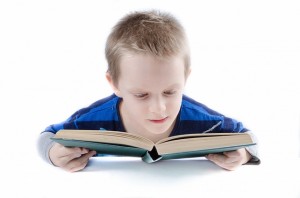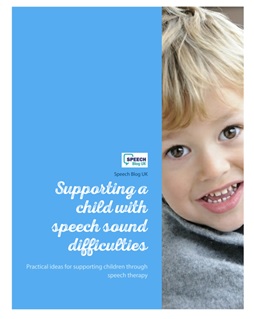My husband is a librarian – we have a lot of books at home! I also love books, and our daughter seems to be developing a love for them too! I don’t think it will be news to anyone reading this that books are a great tool for developing language skills or that reading with your child is a “good” thing to do. But I thought today I would break down a little bit about how I use books with children at different ages and stages, and maybe share some of my favourite books as well.
Early Language Development
- Joint Attention – With young children (2 and 3 year olds), looking at a book together is a great way of developing joint attention. This means that you and the child are both focussed on the same thing together. At this stage, I don’t really worry about the exact words on the page, and just point out things of interest. Hopefully the child will show interest in some of the pictures and I can follow their lead, point to them and name the things they are interested in. If a child finds it hard to sustain their attention with short board books, I will try books they can engage with more – pop-up books, sound books and books with flaps. I even have a couple of books with a hand puppet in which can interact with the child as they look at the book!
- Early Sounds and Words – As we look through a book, I name things on the page. As well as this I try to use verbs and adjectives as well – “look, he’s running”, or “wow, it’s big”. This is because I want the child to develop a variety of words, not just nouns (names for things). I also make lots of sounds related the things we can see – animal noises, car noises etc.
- Listening and Joining in – Most children have favourite books which they want to be read to them over and over again. If they’re like my daughter, they will soon notice if you try to miss a bit out to make the bedtime story shorter! Use this to develop their listening and langauge skills. Pause and see if the child can join in (this is particularly good with books like Dear Zoo
and We’re Going on a Bear Hunt
, that have repetitive phrases in!) Alternatively get a word wrong and see if your child notices and can correct you – EG “two furry ears, one shiny wet nose, it’s a… caterpillar”. Kids love to catch adults making mistakes and are usually quick to correct you, learning new words as they do!
- Comprehension – I try not to make books into a test, where I am constantly bombarding the child with questions and instructions. However, they are a great way to naturally build a child’s comprehension skills. EG “wow, I see a train! Can you see it?” or “that’s a big cat – is there a small one?”
- Questions – Books are a great way to develop question words particularly – “who is in the picture?”, “where are they?” etc. I especially like the Usborne Look and Say books, which are particularly good for question words and general chat as there is usually lots happening in the pictures and lots of characters and places on each page.
- Acting out stories – You can read more about this here. Be silly with stories and act them out together. This develops understanding of emotions, imaginative play, joint attention and co-operation, not to mention expressive language skills!
Older Children
It may seem obvious to say that you can build langauge skills using books with older children as well. However, sometimes I think that once children start reading, we can become so focussed on getting them to read the story that we forget to look at books together and just talk about them! Here are some great ways to increase language skills in older children using books.
- Tell the story – ask the child to tell you the story again in their own words. This is a great way to develop sequencing skills. The child can use the pictures to help them to say what happened at different points in the story.
- Predict – With a new book, see if the child can guess what might happen next. You can make this into a game – you predict something and they predict something – turn the page and see if either of you are right.
- Questions – There are always plenty of questions about a story! With older children you might want to ask more complex questions such as why things happen or how they did something.
- Emotions – Stories are great for talking about how people feel and taking other people’s perspectives on board. Talk about how emotions change through the story and why. See if the child can talk about times that they felt that way too.
Above all, enjoy books together. There is nothing wrong with children looking at books or reading by themselves but try to share books with your child as well, or talk about what they’ve read by themselves.







Leave a Reply